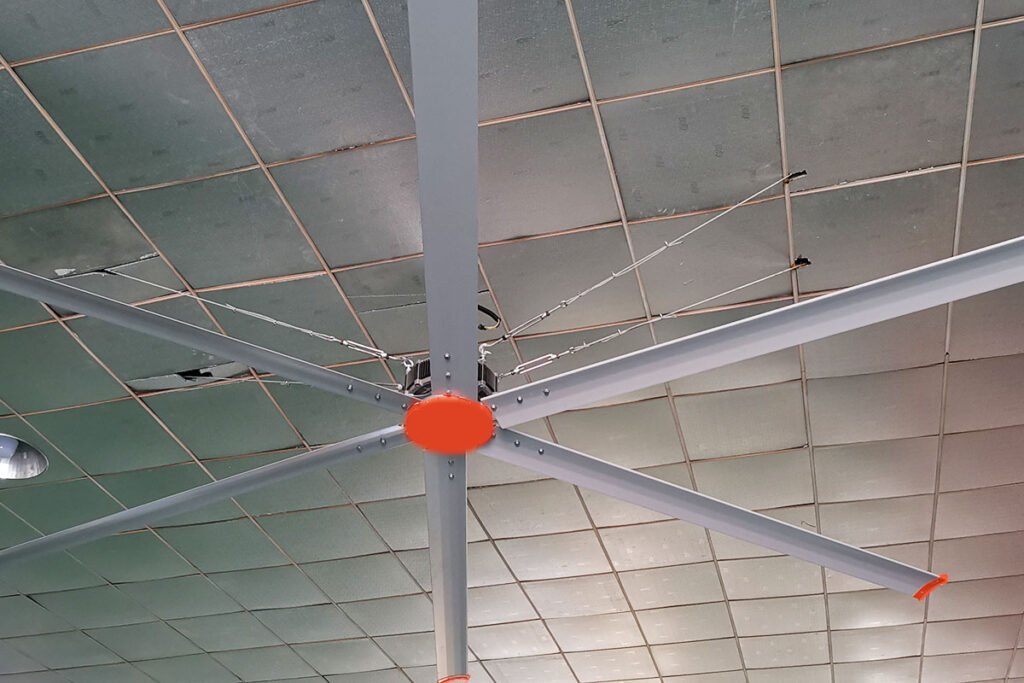
When comparing the long-term costs of HVLS (High Volume, Low Speed) fans to traditional fans, several factors come into play, including initial investment, energy consumption, maintenance, and lifespan. Here’s a detailed comparison using the information from the provided sources:
Initial Investment
- HVLS Fans: The upfront cost of HVLS fans is typically higher than that of traditional fans. The price range for a large ceiling fan at MSRP is generally between 3,000���3,000and9,000, depending on the size, manufacturer, model, and features included.
- Traditional Fans: Traditional fans, such as box or pedestal-style fans, are usually less expensive initially, with prices ranging from affordable to moderate for larger, more powerful models.
Energy Consumption
- HVLS Fans: HVLS fans are designed to move large volumes of air with minimal energy consumption. They operate at lower speeds and require less power, which translates to significant energy savings. Some users have reported reducing their air conditioning tonnage by up to 25% and lowering electricity bills by over 50% when using HVLS fans in conjunction with HVAC systems.
- Traditional Fans: Traditional fans often consume more energy due to their higher operating speeds and less efficient air movement. They are not as effective at circulating air over large areas and may need to be used in greater numbers to achieve the same cooling effect as an HVLS fan, further increasing energy consumption.
Maintenance
- HVLS Fans: HVLS fans typically come with warranties ranging from 2 to 15 years, which can save on repair costs over time. They also have lower maintenance requirements due to their design and the use of high-quality materials that resist wear and tear.
- Traditional Fans: Traditional fans may require more frequent maintenance due to their higher operating speeds and the potential for dust and debris to accumulate on smaller blades. Additionally, they may have shorter warranties or no warranty at all, leading to higher out-of-pocket costs for repairs or replacements.
Lifespan
- HVLS Fans: The quality and durability of HVLS fans are designed to last for a long time, with some models warrantied for up to 50,000 hours of use, equivalent to 24 years. This long lifespan reduces the need for frequent replacements.
- Traditional Fans: Traditional fans may have a shorter lifespan due to their construction and higher operational stress. They may need to be replaced more frequently, leading to ongoing costs over time.
Additional Considerations
- Installation and Shipping: HVLS fans, especially with fewer blades, can be lighter and less expensive to ship and install, reducing initial and ongoing costs.
- Carbon Footprint: HVLS fans with fewer blades can have a smaller carbon footprint due to the reduced energy required to operate them.
Conclusion
While the initial investment for HVLS fans is higher compared to traditional fans, the long-term costs are significantly lower when considering energy efficiency, reduced maintenance, and a longer lifespan. The energy savings alone can offset the higher initial cost over time, making HVLS fans a more cost-effective solution for large spaces in the long run. Additionally, the benefits of improved comfort, better air circulation, and reduced environmental impact contribute to the overall value of HVLS fans in comparison to traditional fans.
